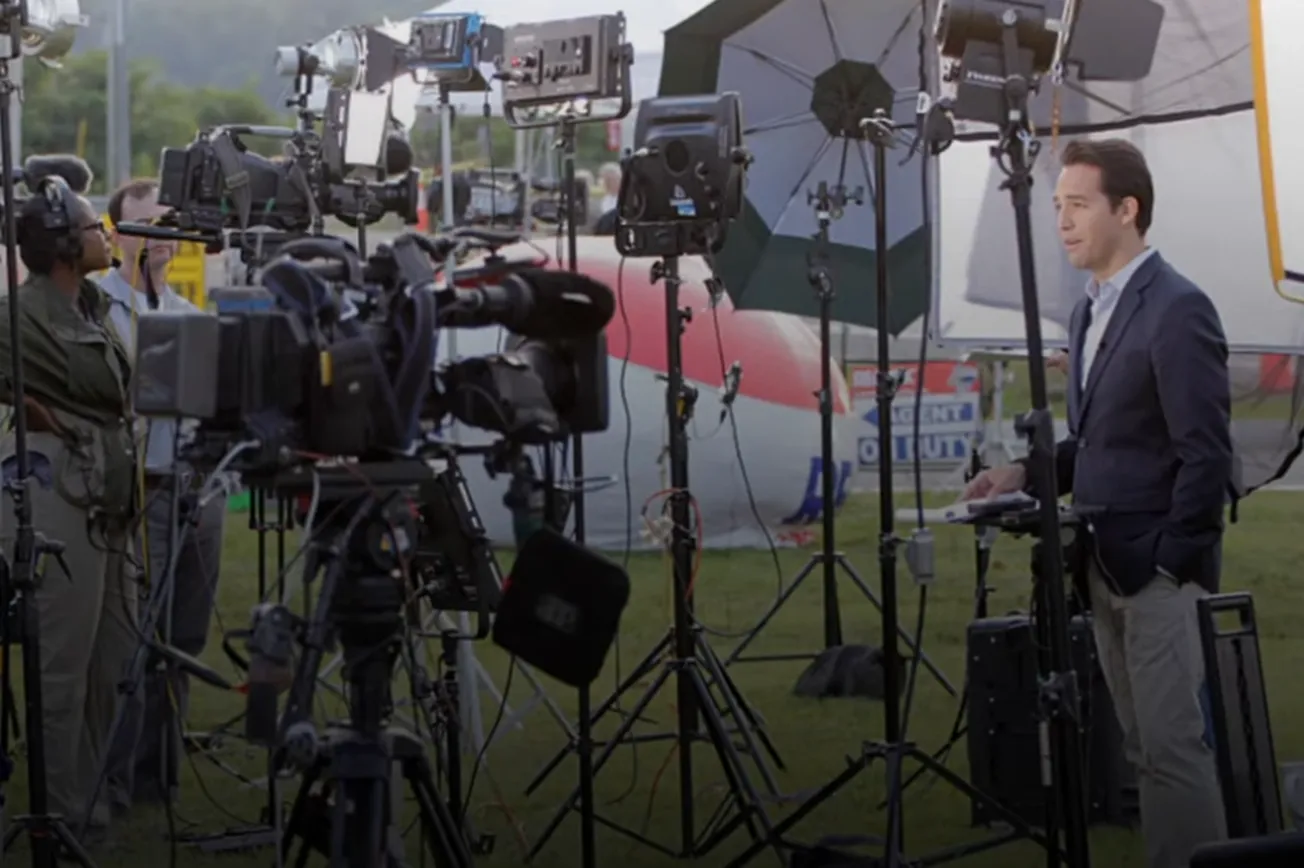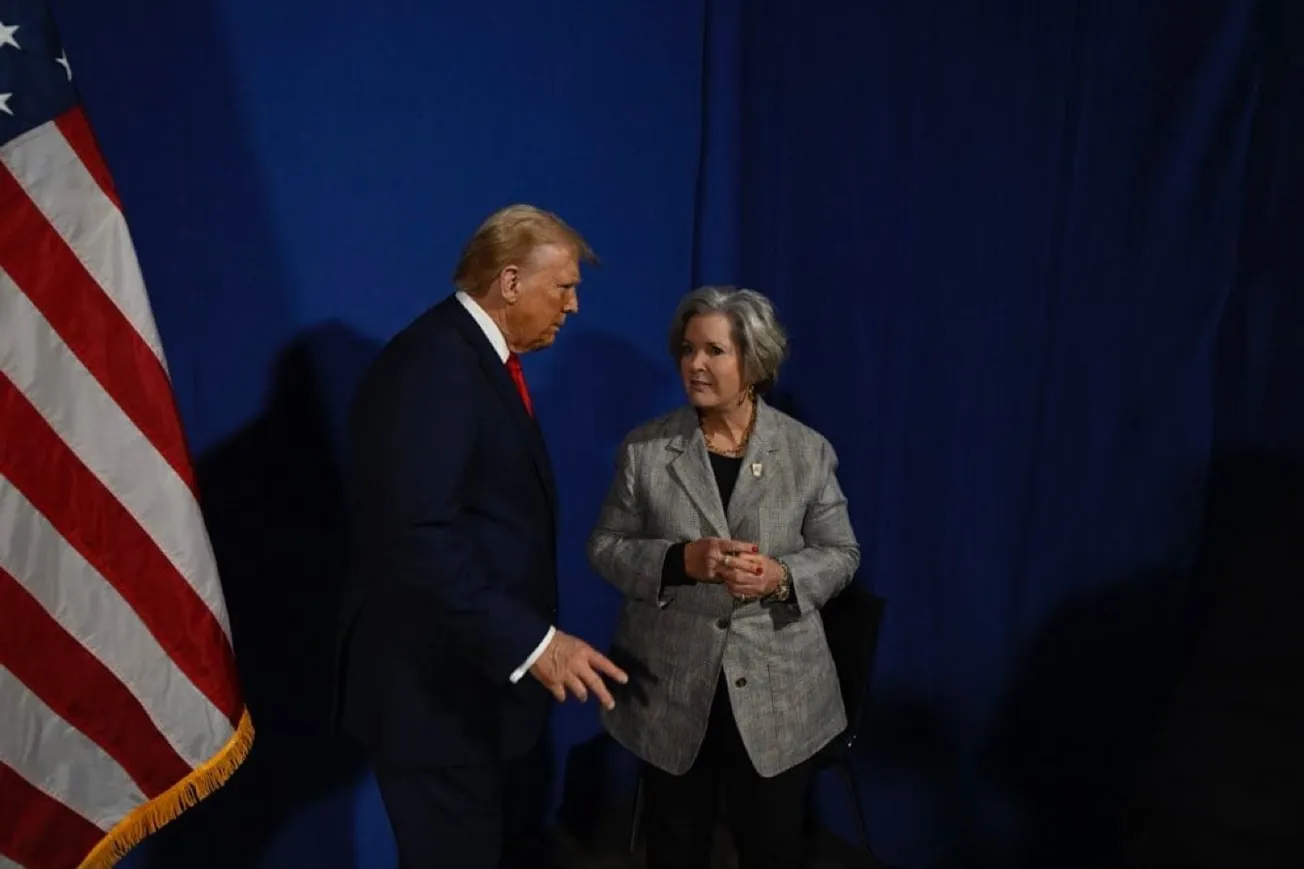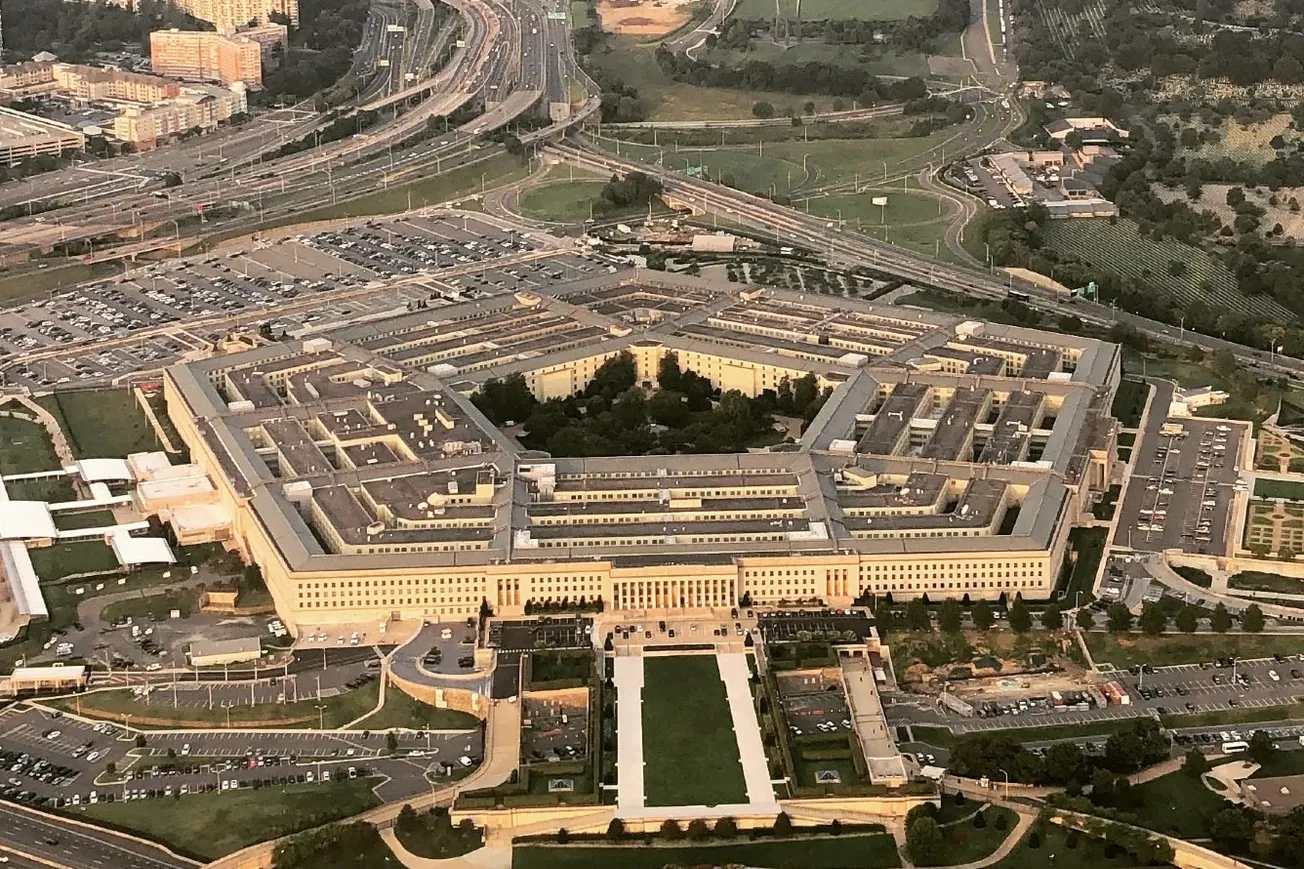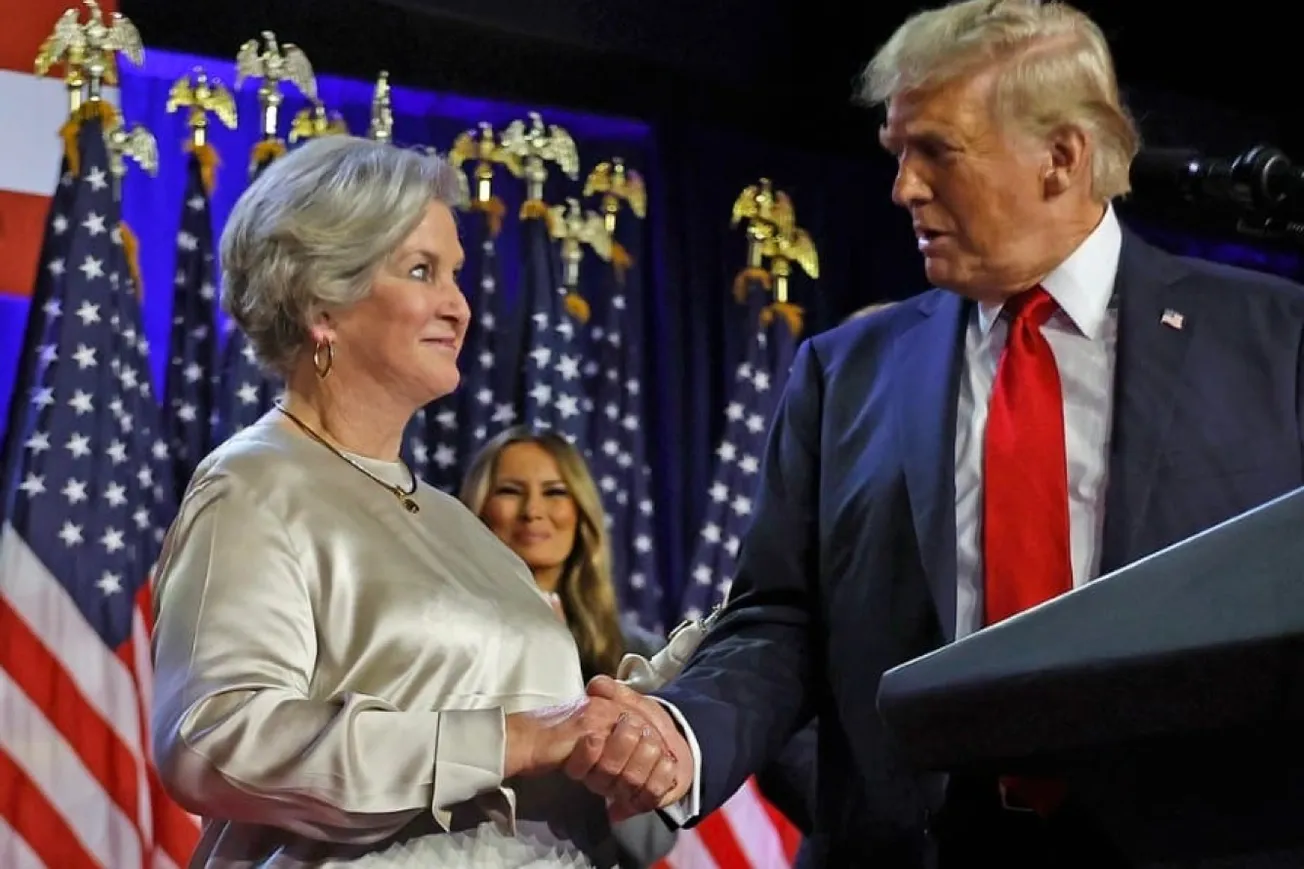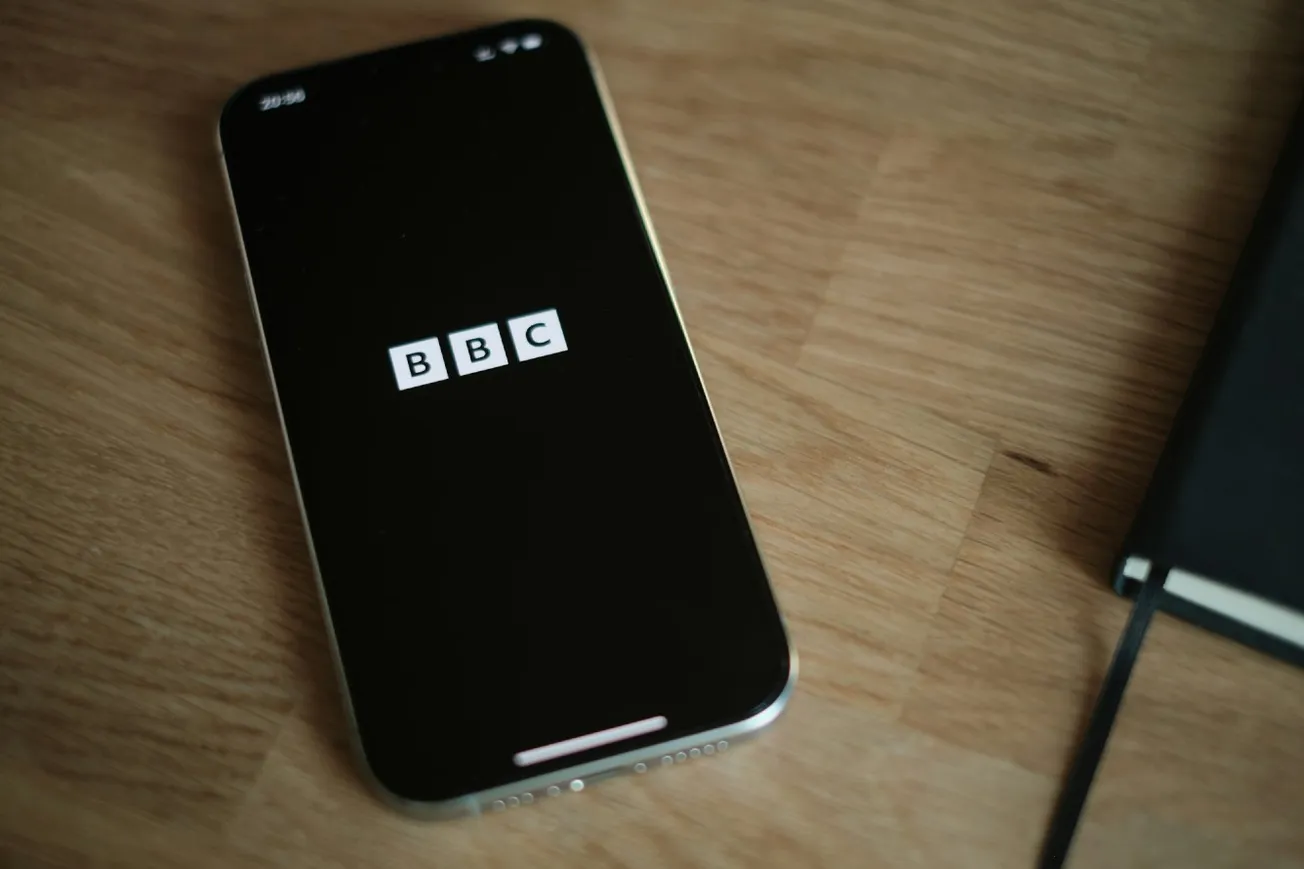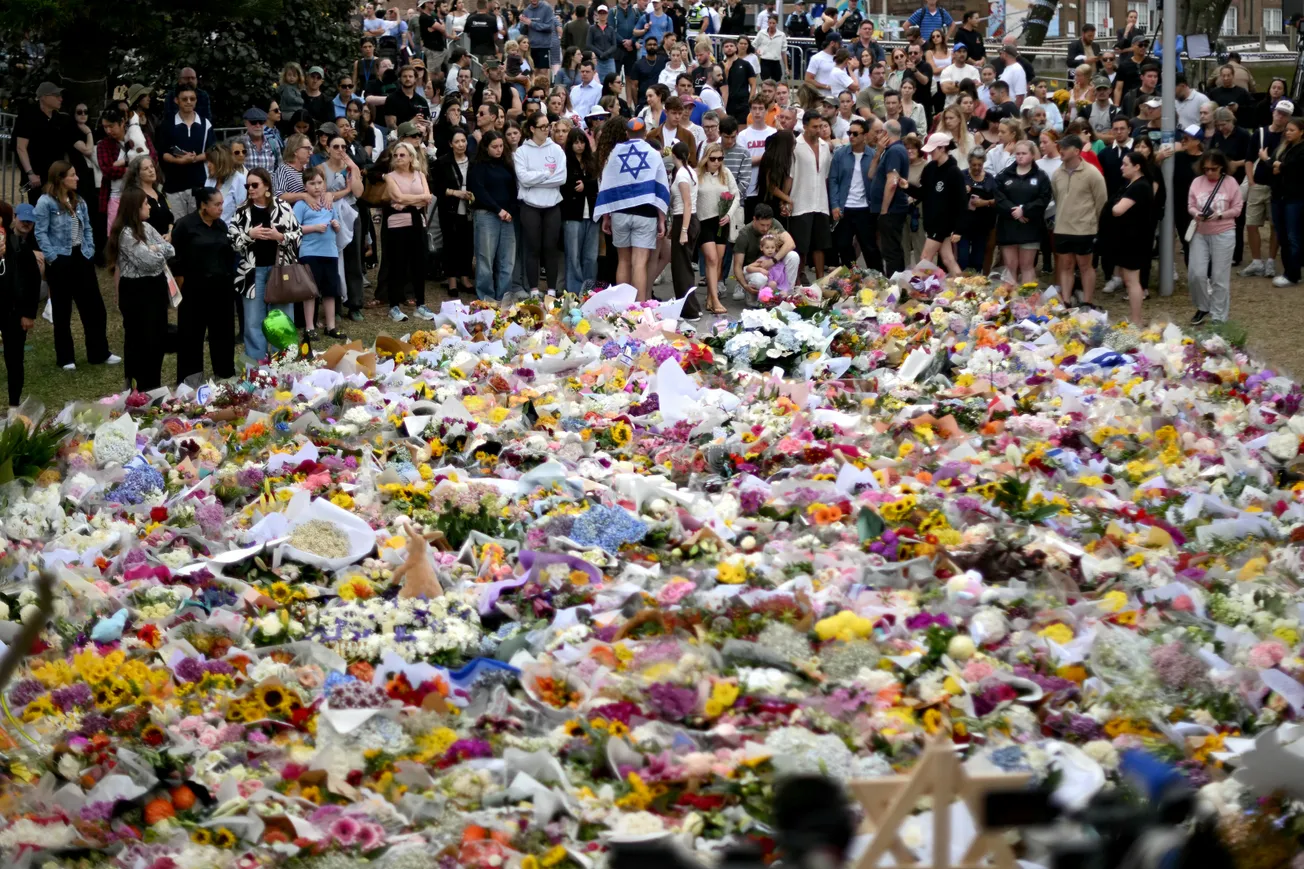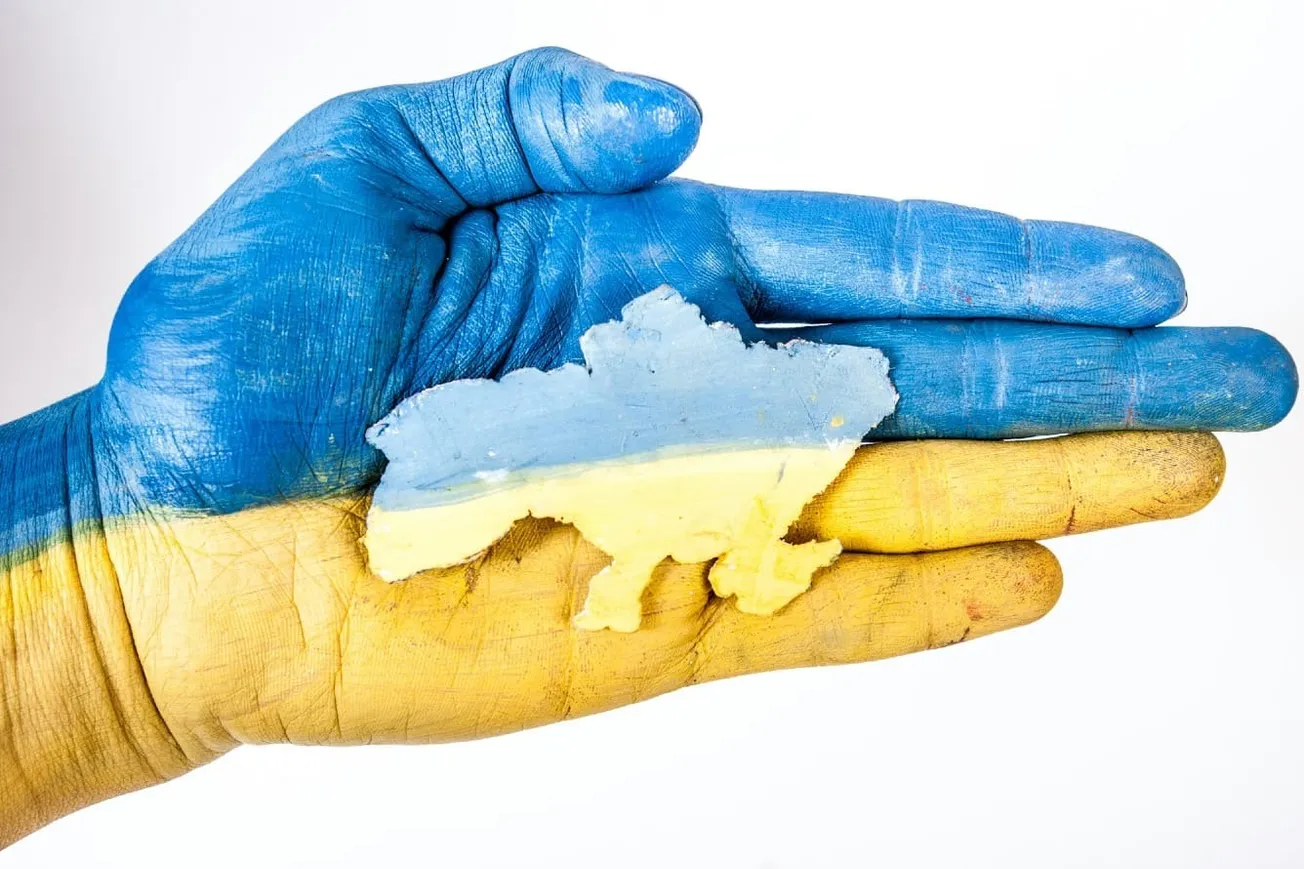For over eight years, the liberal media has popularized several terms to discredit any story it doesn't favor. "Unsubstantiated," "widely debunked," and "zero proof" are variants of the "no evidence" standard that the media uses to squash plausible theories and classify them as “conspiracies.” The practice is so widespread that several mainstream outlets also embrace it.
Tom Elliott, the founder of the Grabien website, did the world an excellent service by illustrating this hypocrisy. He tweeted a series of video links that garnered nearly a million views in 24 hours. Titled "FLASHBACK," he highlighted news anchors from across the liberal media spectrum three years ago - MSNBC, CNN, ABC, and NBC - repeating the same mantra in colorful ways: There is zero proof that the coronavirus originated in a Wuhan lab, and former President Trump was wrong to emphasize such conspiracy theories.
But recent stories leaked to the Wall Street Journal and confirmed by FBI Director Christopher Wray in his Fox interview with Bret Baier show that President Trump was right after all. "So as you note, Bret, the FBI has for quite some time now assessed that the origins of the pandemic are most likely a potential lab incident in Wuhan," Wray said.
While the big networks have expectedly and shamelessly made no public apologies for getting the story wrong, a more significant problem remains. Leftist media shills continue to push their preferred line while posing as neutral arbiters of the truth. Each time they have turned out to be hopelessly wrong, and in some cases, the pre-meditated campaigns have had profound consequences that have affected history.
The most glaring example was the 20-month-long Russia Russia Russia campaign from 2016 that handicapped a young administration and put former President Trump in poor light. Deep State operatives held that the 45th president was too close to Russia and could compromise national security. Special Counsel Robert Mueller conducted the most extensive investigation in US history for nearly two years. There were no limits to what paths and whom he could pursue, how much money he could spend, and how far back he could go. He used 19 senior prosecutors and over 40 FBI agents, summoned over 500 witnesses with subpoenas so that they were forced to testify, and examined millions of pages of documents. While the most in-depth investigation of a sitting US president dragged on for over 22 months, there were over 525,000 articles or TV reports about Trump, 90 percent negative. Mueller's conclusion at the end of it all? Trump did not collude with the Russians.
Our TIPP poll in December 2022 showed that seven in ten people following the Hunter Biden laptop story thought that the 2020 Biden-Trump election would have played out differently had they known the story was real. Twitter and other Big Tech outlets suppressed the New York Post series exposing the laptop's contents by disallowing retweeting individual stories. More than 50 intelligence officials peddled a counter-narrative that the tale was Russian misinformation to hand the election to Trump. The mainstream media outlets ignored the Post's reporting and pressed forward with the counter-narrative sufficiently long to ensure a Biden win.
The media has repeatedly employed the "without any evidence" standard to debunk stories questioning the 2020 election results. The problem was not in how ballots were cast or votes were counted. The issue was that the electoral processes were so substantially changed with relaxed checks and balances that many illegitimate ballots were likely tallied as legitimate and favored Biden. Like the Wuhan lab leak story, this line of thinking was reasonably plausible, but the media never let it develop. By harping on the "there-is-no-evidence-that-there-was-any-fraud" angle and repeating it incessantly, the Left has helped instill a sense of anxiety among voters about election integrity that will remain for decades.
As we have noted, what changed in 2020 was the number of people who voted absentee in states that had little experience with no-excuse mail-in balloting and drop-boxes. In states they controlled (like New Jersey), Democrats had the laws changed to send absentee ballots to every registered voter. In states where the Left had no legislative control (Pennsylvania, North Carolina, Wisconsin), they filed over 145 lawsuits alleging that Covid shutdowns would disproportionately disenfranchise minorities and other communities of color. The remedies they sought were relaxed rules to accept late mail-in ballots and eliminating restrictions to verify ballot signatures against voter rolls. President Trump was right to suggest that too many last-minute changes crippled the election infrastructure in numerous states, leading to questionable results. But the media would have none of that.
When Georgia Governor Brian Kemp pushed through a strict voter law with significant provisions to enforce election integrity, President Biden and his liberal media friends criticized the move as Jim Crow 2.0 restrictions. Again, the justification was that there had been "no evidence" of election improprieties in 2020; therefore, the new law was an overreach to punish minorities deliberately. Major League Baseball canceled the All-Star game in Atlanta in protest. Corporations threatened to boycott Georgia. And all the while, the media had a field day embellishing this narrative. But in November, results showed more people voted in the Georgia primaries and the general election than ever. Brian Kemp easily won reelection to the governor's mansion in a rematch against election denier Stacey Abrams, who finally called the Kemp campaign to concede, something she never did in 2018.
We can cite other examples: Sexual misconduct allegations against Brett Kavanaugh, Trump's first impeachment about his infamous call with Ukrainian president Zelenskyy, and the 2020 summer BLM riots. In each case, the media held to a "no evidence" standard to push its narrative. In each case, the original record proved to be false.
Make no mistake. There is a cost for such reckless behavior. It's no surprise that Americans have lost faith in the fourth estate. In a TIPP Poll conducted in February, only four out of ten (40%) respondents expressed trust.
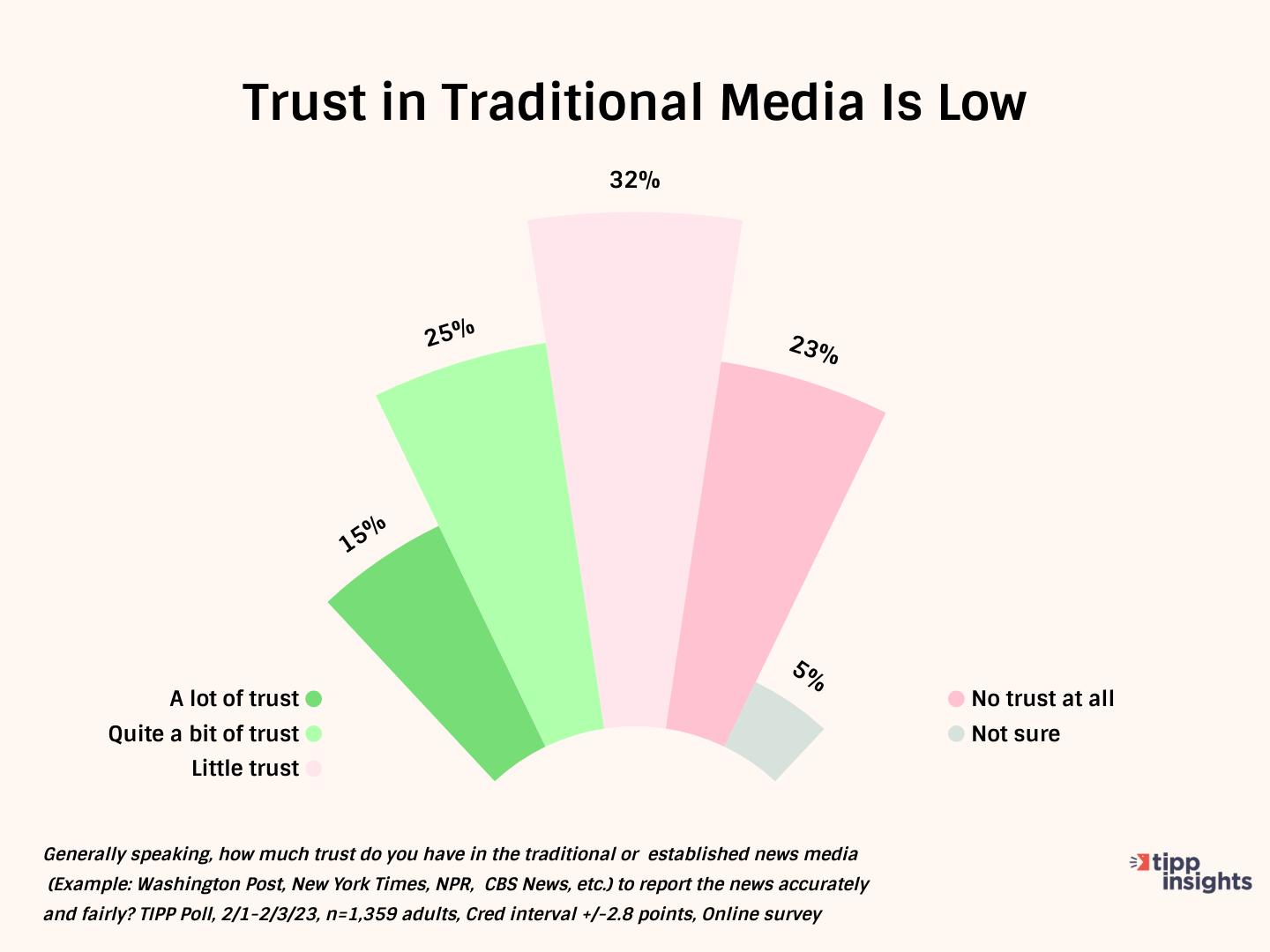
Using evidence as the sole reporting standard can be misleading because, as in the Wuhan case, existing evidence may be deliberately hidden from public scrutiny. Sometimes, new evidence, such as the impact of school closings and mask mandates on children, comes to light. Concluding narratives based on insufficiently-known proof can be dangerous and lead to wrong policy choices.
If a reasonable person can believe a theory is probable, reporting standards demand that it should at least be subjected to the usual scrutiny of quality journalism. This would include interviewing multiple "experts" with opposing views and airing out both points of view, without bias. Let the public judge for themselves.
Please email editor-tippinsights@technometrica.com

